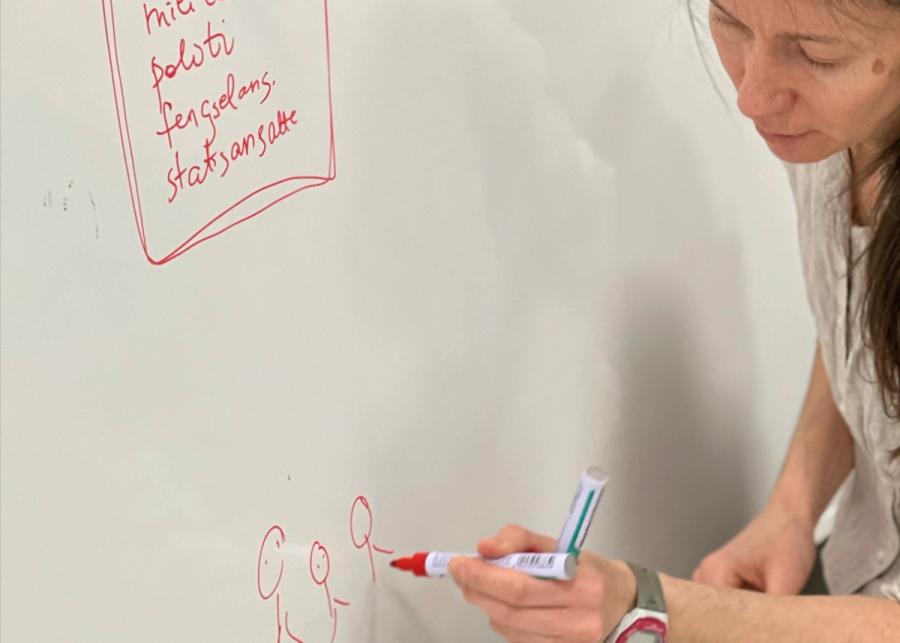Foto: Human Rights Lens Norway
Activity:
Brainstorming on human rights
When talking about human rights it is always good to start by brainstorming on the topic.
Photo: Human Rights Lens Norway
Quick facts

Human rights

Youth school • High school • Adult education • Organizations and others

Ca 30 minutes

Materials: Blackboard/whiteboard, pen and paper.
Activity goals
- Find out what ’ prior knowledge the participants have.
- Introduce further teaching about human rights.

Developed by the Human Rights Academy. The activity is used as an introduction to teaching human rights.
Instructions
- The facilitator asks the participants about the associations they have when they hear the term human rights. Give them 2-3 minutes to reflect on their own.
- The facilitator writes answers and suggestions on the board as a mind map. Usually, participants mention non-discrimination, freedom, respect and freedom of speech as associations they have to human rights.
- An alternative approach is to conduct a "silent discussion." In this method, participants write and/or draw their responses on a large shared sheet of paper without speaking to each other. The silence serves as a tool for deeper reflection. If there are many participants, they can be divided into groups. Once the groups have finished, they can walk around and read what others have written on their sheets. If they have something to add, they can write or draw with a pen. When everyone has seen and commented on each other's sheets, the silence is broken, and the discussion is summarized together in a plenary session.. Read more about how to use “silent discussion” as a teaching strategy.
- Regardless of whether brainstorming or “silent discussion” is used, it is good to determine in one way or another what human rights are and what associations the participants have before you define who has the main responsibility for the fulfilment of human rights.
Tips to the facilitator
Show the video "What are human rights, really?" by the Raoul Wallenberg Institute of Human Rights and Humanitarian Law.


